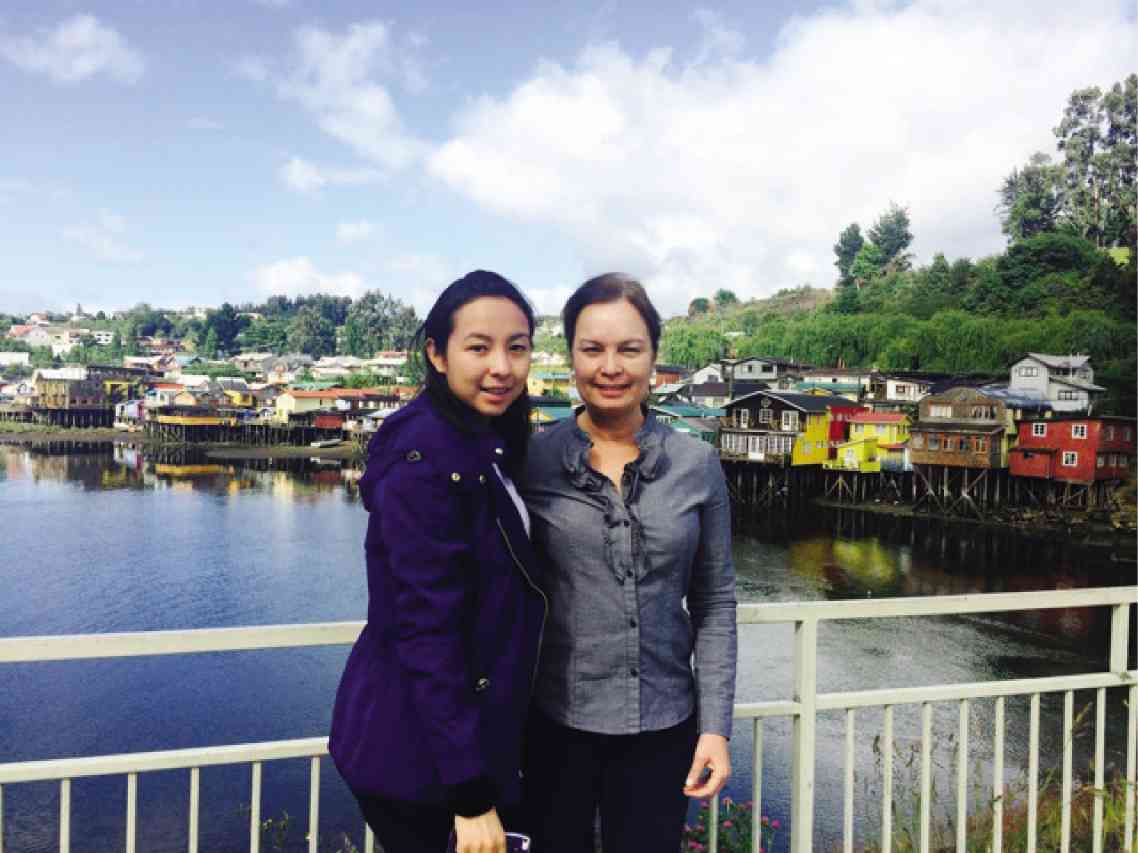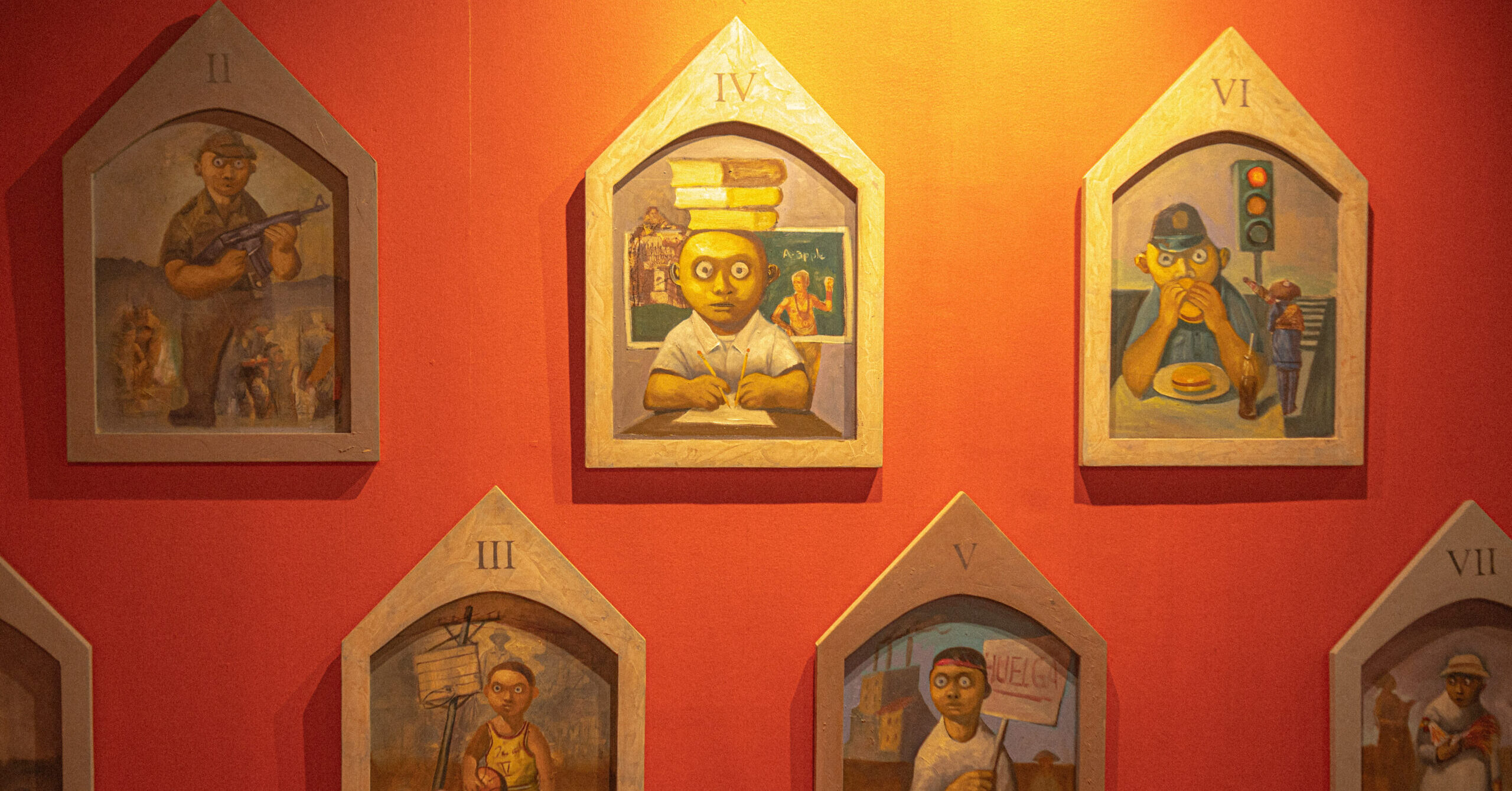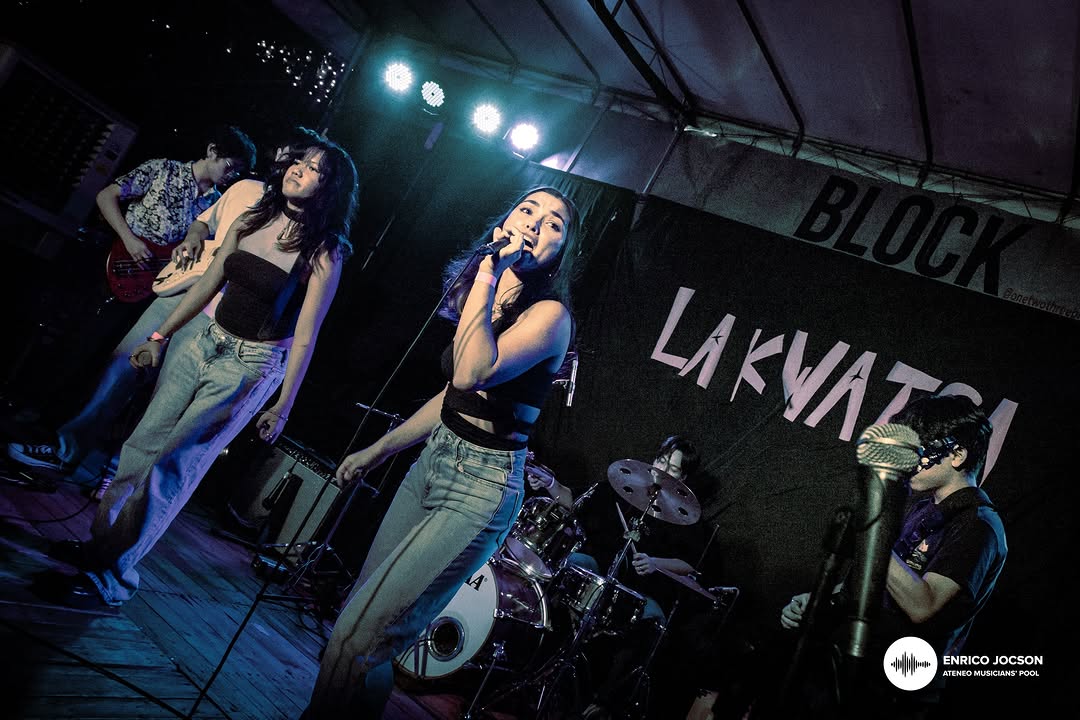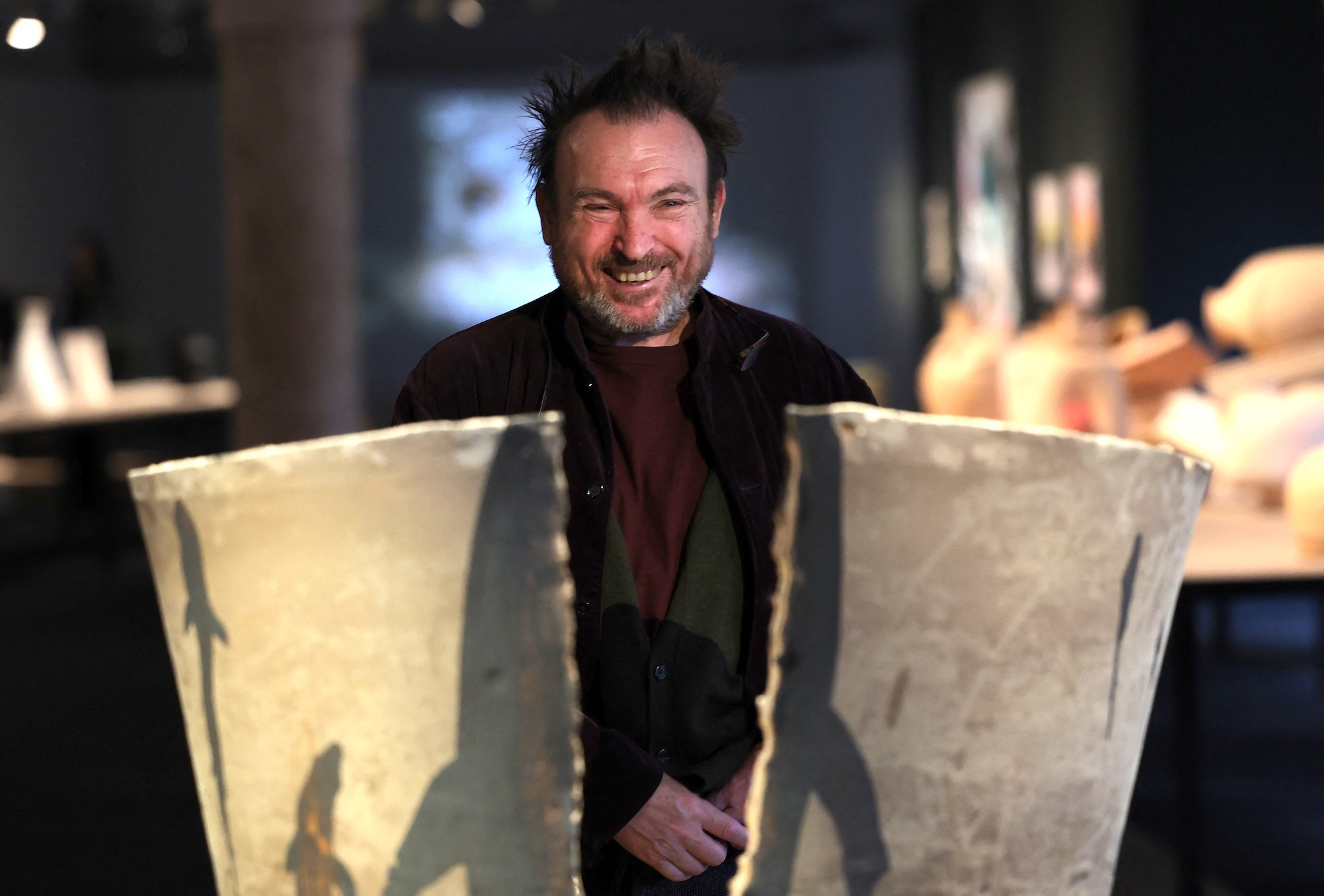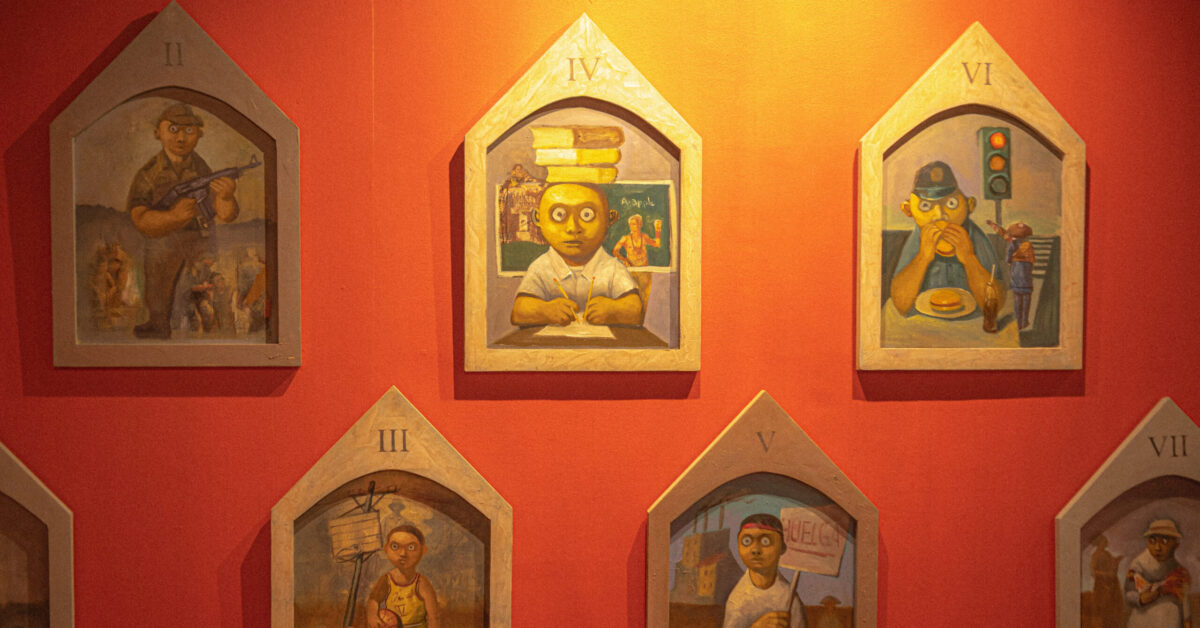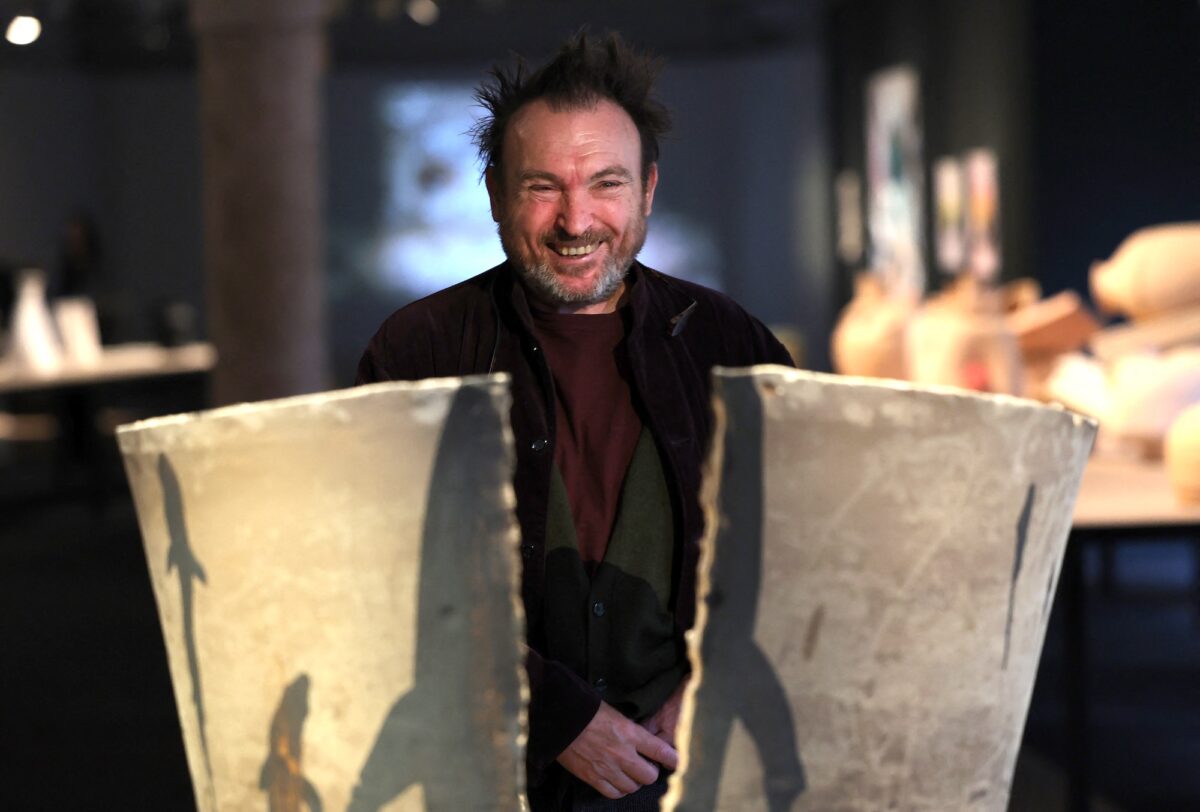CHILE, South America’s longest geographical country, is also its most captivating land.
It first claimed proprietary rights on my wanderlust three years ago with its endless natural diversity, its intriguing mestizo culture and its quaint non-Castilian Spanish language. I have since made an annual visit to this richly blessed country, each time more eager to drink in a new aspect of its wealthy heritage, colorful history and breathtaking landscape.
Santiago at leisure
Having previously explored the north Patagonia region and the Atacama Desert, I decided that my third trip would begin in Santiago, where my daughter Gabbi had started a six-month work assignment with a multinational company in the Las Condes district.
The visit was intended to be a mix of minimal touristic pleasure and precious bonding time with her, so our first five days together were spent mainly in the city, with enough time for exploring the recreational Lake District.
Our first destination from Santiago was to Puerto Montt, to end in Puerto Varas, both in the Lake District. Puerto Montt is the gateway to Chile’s Southern island of Chiloé, an island protected by a large national park where blue whales, dolphins, sea lions and a close-knit penguin colony make up a place of tremendous biodiversity. No less than Charles Darwin had visited and explored the area.
I had left all the planning to my daughter in Santiago. Sure that my own joie de vivre was pretty much intact, I was prepared for the risks ahead, knowing that young people invariably opt for loosely charted holidays.
So, on Day 6, I gamely boarded our early flight on Sky Airline for Puerto Montt. Knowing that there were no taxis at the airport, we boarded a bus that took us to the depot in the center of town where we purchased our tickets for Castro, the capital city of Chiloé. Only then did we find out that it was a four-hour bus ride on the Cruz del Sur.
Oh well, grin and bear it, or what’s an adventure for?
Famished by the time we landed, we each grabbed an empanada and made for a metered taxi. But as luck would have it, a very obliging man in the street walked us to a bus stop on another street, where the bus route led right to our hotel’s front steps. Much cheaper though obviously slower than a taxi, the practicality of the choice was a welcome convenience.
Another pleasant piece of serendipity was the highly efficient tour guide, who met us at the hotel and whisked us to the very impressive Unesco World Heritage Jesuit Churches, a wonderful place that required one and a half days to cover.
Chiloé’s churches
Churches in Chiloé have curiously distinct domed roofs that have the structure of a ship hull and are brightly painted on the outside. This is because Spanish Jesuits who arrived in the 17th century used their shipbuilders to construct the churches.
Today, Chiloé is full of these examples of fusion of indigenous and European culture, the most distinct of which is the exceptional wooden ecclesiastical structure known as the Chilota School of Architecture.
There were about 70 churches built along the coastline, 16 of which are fine illustrations of this fusion. We were able to visit the churches of Achao, Quinchao, Castro, Chonchi, Dalcahue and Chelin.
Very interesting is how the Jesuits propagated the Catholic faith in Chiloé in the 1600s. Within the framework of a “Circular Mission,” churches were built in every place that the Jesuits settled. But because there were not enough priests, they appointed a layman from among the leading family in each locality and trained them to provide the community with spiritual help.
These laymen were referred to as “attorneys,” a bit of an amusing fact representative of Chile’s folksy Catholicism, along with the mestizo culture that merged indigenous practices in the country’s celebration of its festivities, quite typical of all former territories of Spain yet uniquely Chilean by itself.
Chiloé is also known for its timber houses on stilts called palafitos, which were once the houses of fishermen. Since they were built at the edge of rivers, channels or lakes, their owners cannot have titles to their domain.
The colorful houses have one side facing the street and the other facing the water.
Many palafitos have been transformed into hostels, cafés, restaurants and galleries and have become a major urban attraction for Chiloé.
The Pingüineras Puñihuil
We enjoyed Chiloé for three days, then took an early morning ride to Ancud to see the colony of penguins. Our private tour then took us to Piñihuil, a cove where three islets are colonies of the Humboldt and Magellanic penguins—one of the world’s most unique sites as it is the only known shared breeding grounds for these two penguin types.
The currents of the Pacific Ocean are what bring both the Humboldt and the Magellanic penguins to these islands.
When you see penguins in the wild, you can really feel you are not too far from Antarctica. December, the month of migration and breeding, was the perfect time to be there.
Magellanic penguins were named after Ferdinand Magellan, who spotted the birds on Nov. 21, 1520, when his galleon, on its way to the Philippines, explored a long passage with islets, the explorers thinking they were near the Moluccas. The canal is now known as the Strait of Magellan.
Magellanics are a distinctive lot. They have two black bands between the head and the breast, with the lower band quaintly shaped like an inverted horseshoe. The more numerous Magellanics migrate from the southern coasts of Chile, Argentina and the Falklands.
The near-extinct Humboldt penguins, however, have a single black band on the same spot. They migrate from the northern coasts of the Galapagos Islands and Peru. The Humboldts are known to be faithful to their partners—more staunchly so than human beings perhaps—but this trait is leading them to extinction.
There are, however, several documented hybrids between the two penguin types. A recent research from blood samples indicates that there are documented hybrids between the two species because of the low propagation of Humboldts, rather than by failed mate recognition.
Climate change is further threatening penguins into extinction. The males now have to swim much farther to catch fish, leaving their mates for longer, hungrier periods.
It was fun going around the islets in a speedboat, though we were allowed only 20 minutes so as not to disturb the birds while they breed. Other wild birds—red-legged cormorants and pelicans—shared the same rock and added fabulous distinction to the tableau of migratory inhabitants in Piñihuil.
Still, I wished we had planned another day for blue whale-watching since they come to the same waters in this season.
Little Germany
Three hours by bus from Ancud to Puerto Varas treated us to breathtaking views of valleys, vineyards and volcanoes, as did crossing the Canal de Chacao on a ferry.
We were weary from the early wake-up call and the long ride, and yet there was more walking to the center of Puerto Varas town. Our pause at a gallery at the foot of the hill leading to our hotel proved fortuitous. The owner, a charming young man of German descent, was most accommodating and walked us up the steps to check into the Hotel Patagonico, where we began our main walking tour.
Strolling from one end of the Paseo Patrimonial to the other side of town is the best way to see picturesque Puerto Varas, a place where roses and wine abound. Amid lush surroundings, we traced the steps of immigrants who long ago arrived from Germany, colonized the Lake District of Chile and expanded their territory all the way across the border to Bariloche in Argentina.
Puerto Varas is on the shore of Llanquihue Lake, the second-largest lake in Chile. It is rife with German architecture and traditions, starting in 1853 during Manuel Montt’s presidency, when the government invited German Catholic immigrants from the Bavarian region to found the city at a time of the revolution in Germany.
This was part of the Law of Selective Immigration of 1845, lobbied by a German expatriate in Chile. Its objective was to bring people of medium to high level of culture to populate the south of Chile in order to revive the domestic economy. The Lutherans, who were wealthier, came on another wave of immigration and were said to have competed with the poorer Catholics in the construction of their churches and parochial schools.
Germanic architecture everywhere in Puerto Varas literally transports one into a completely Bavarian village. Even the streets are named after German Chileans.
Oh, did I say “completely Bavarian”? Not when you hear the passersby speaking entirely in Spanish. Still, they are Germans at heart and many speak German and will root for the German football team even if it is up against Chile!
It is proven in this city that the conservation of colonial architecture with incentives from government significantly brings up the market value of the place, because it becomes a destination for people to observe culture and relive a bygone era.
Notable Puerto Varas homes display early 20th century architecture, such as Casa Hitschfeld, Casa Wetzel and the Iglesia del Sagrado Corazon de Jesus, which is almost architecturally copied from the Marienkirche Church in the Black Forest, Germany.
Our visit was made specially easy and pleasant with the Chilean brand of friendliness. Our guide, Rodrigo, who took us around on an unplanned walking tour, said we could give him any amount I wanted to tip, which is tough to guess because the situation calls for you to give more than the usual.
When we needed more local currency, he took us to his moneychanger friend who volunteered to drive us for free to the restaurant across town that was highly recommended by friends.
Invariably in tourist places, local operators have a network that often works well for them, though sometimes to the detriment of their customers who end up feeling more like victims of some unobtrusive fleecing. This was not the case in Chile, where cordial hospitality certainly made an impact on us everywhere we went in the Lake District.
Santiago de Chile
I ended my trip where it started, in charming Santiago de Chile.
Staying long enough on my third visit, I was able to marvel at its splendidly landscaped parks and monuments to art as seen in its public installations like museums and galleries, cultural centers, and even in subway stations.
Not even the horrendous peak-hour traffic in Santiago de Chile could keep me, a balletomane, from watching “Coppelius, el mago” of Ballet De Santiago. It was superbly presented as an original choreography of the company that featured their star principals from different nationalities of South America.
Lastly, a traveler can never lay claim to the best memories of any place where she did not savor the local cuisine.
One eatery that ably captured pleasure for the senses was Borago, with its degustación meals presented by chefs who trained at Mugaritz in Donostia-San Sebastian, Spain. The cuisine was atypically modern but totally inspired by what Mother Earth endowed Chile, including native yellow strawberries from the wild, seafood from its seas and fine robust wines from its vineyards.
As if the country needed another superlative, this gastronomic experience was the best I have ever tried in all of South America.
I will go back to Chile again and again, and I egg you on to see this lovely country at least once. It is best visited via the United States as many Filipinos do, with the return trip to Manila via Auckland, and even a stop in Sydney squeezed into one’s itinerary.
But whichever path you choose to reach Chile, just go. Because Chile is one country where Nature has perfected itself, and Earth remains a sovereignly beautiful planet.

